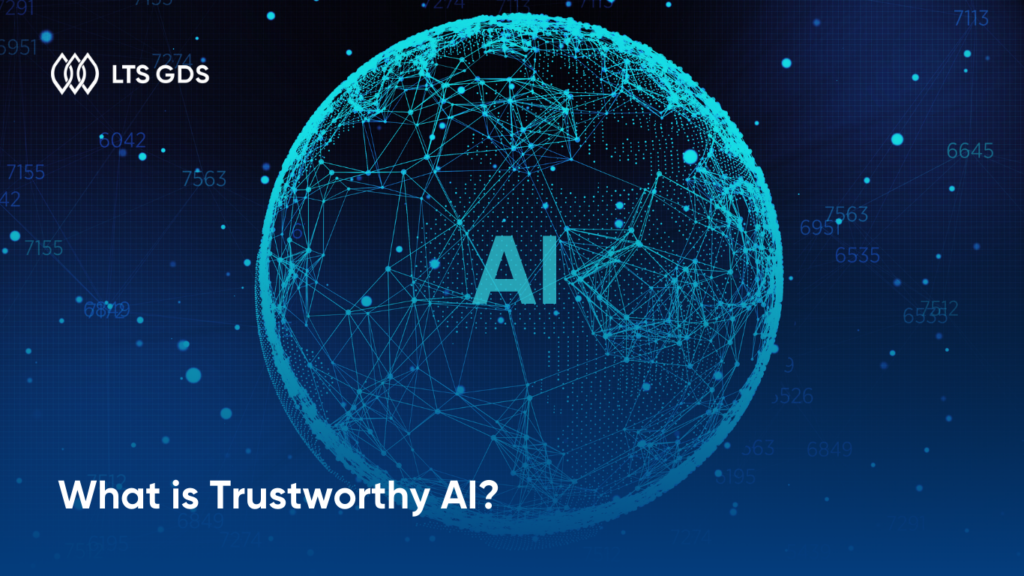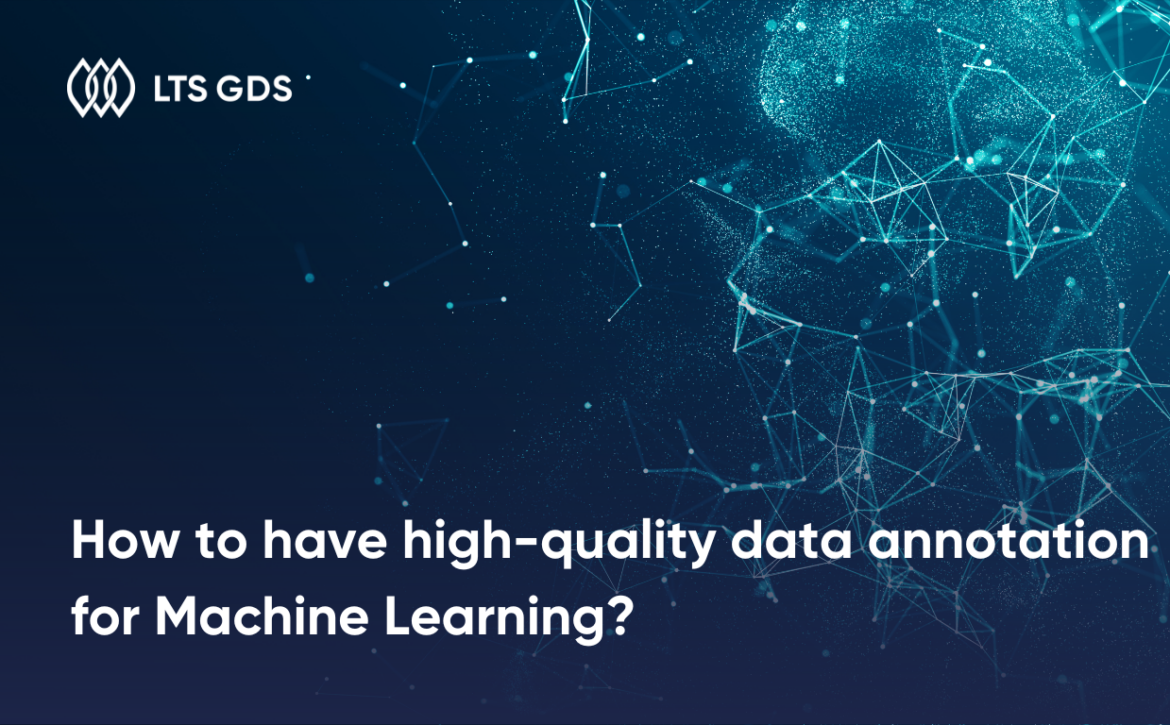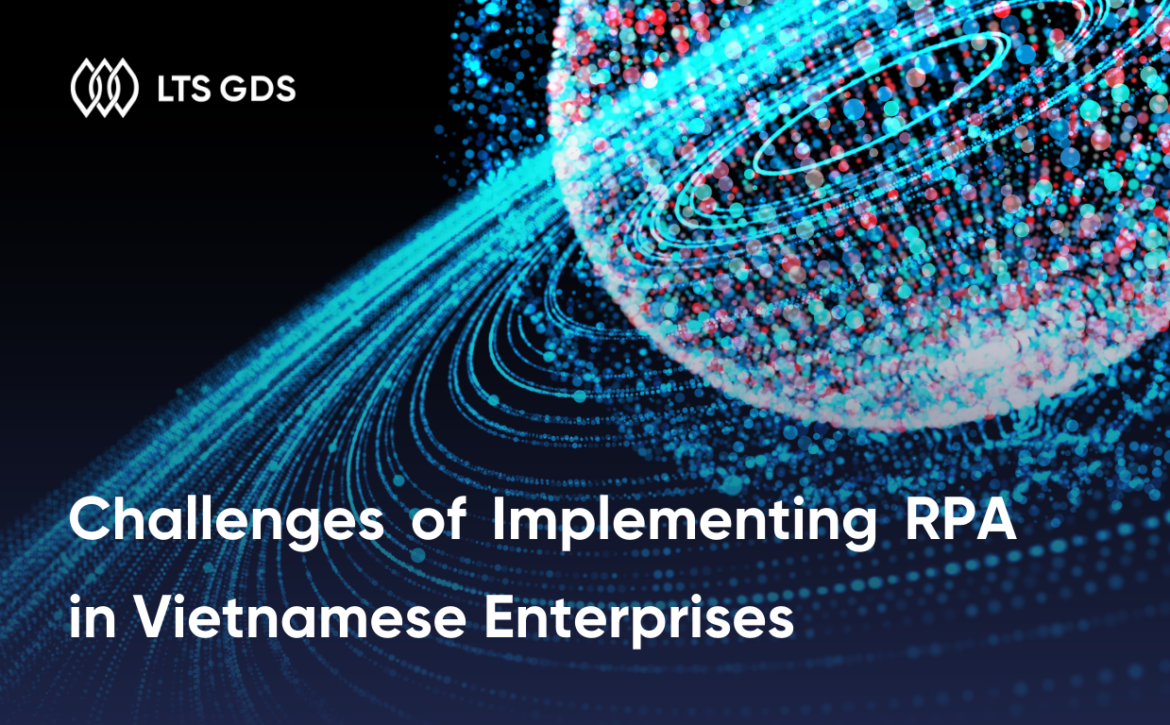
The rapid evolution of Artificial Intelligence (AI) is reshaping our world, both economically and socially. As AI becomes more widespread in fields like technology, transportation, finance, manufacturing, or healthcare, a crucial question emerges: what is Trustworthy AI, and how can we ensure it? According to Gartner, “AI as Partner: AI Trust, Risk, and Security Management” (AI TRiSM) is the top technology trend for 2024, highlighting the urgency of building trust in AI.
There’s no guarantee that all AI development prioritizes trustworthiness. To reassure users, we need clear definitions and regulations establishing what constitutes Trustworthy AI. This exploration of “What is Trustworthy AI?” will delve into its definition, key elements, importance, and strategies for building trust in AI applications.
Read more: Top 8 Tech Trends That Define 2024
What is Trustworthy AI?
Trustworthy AI refers to the development and deployment of AI systems that operate reliably, ethically, and transparently. It needs to comply with principles related to fairness, accountability, integrity, privacy, and safety in AI applications and decision-making processes. These key principles are the basis for us to ensure AI is used responsibly and minimizes harm. A typical case we’ve observed recently is that the explosion of Generative AI in creating content has raised the challenges of controlling deepfake information and mitigating bias in AI outputs.
Revealing Essential Trustworthy AI Components

While the concept of ethical AI has been around for decades, the discussion around “Trustworthy AI” has grown rapidly in recent years. The European Commission has been a major force in shaping this concept, releasing their “Ethics Guidelines for Trustworthy AI” in 2019. Moreover, Deloitte’s Trustworthy AI Framework is another notable contribution to this evolving field.
Join us in analyzing the vital components within a Trustworthy AI framework, to clearly clarify the definition of “What is Trustworthy AI?”
Privacy and Compliance
AI systems need to respect user privacy standards and protect sensitive data. Privacy-preserving techniques such as data anonymization, encryption, and access controls should be implemented to safeguard user data.
Transparency
AI systems must be transparent in their operations, meaning their decisions and reasoning processes should be understandable to users and stakeholders. We can use explainable AI (XAI) techniques to interpret the decisions made by AI systems, which enhances transparency.
Accountability
AI models should be accountable for their actions and decisions. This involves mechanisms for attributing responsibility and addressing any negative consequences that arise from AI usage.
Fairness and Bias Mitigation
Addressing biases in AI algorithms and datasets is crucial for ensuring fairness and inclusivity. Techniques such as bias detection, data augmentation, and algorithmic adjustments can help mitigate biases and promote equitable outcomes.
Robustness and Reliability
AI systems should be robust and reliable, performing consistently across different conditions and inputs. Trustworthy AI systems should be resilient to adversarial attacks, malicious manipulation, and unforeseen circumstances. Robustness testing and validation procedures help identify vulnerabilities and ensure the reliability and security of AI applications.
Safety and Security
It is important for developers to build AI technology with safety and security considerations in mind to prevent harm to users and society. This involves identifying potential risks and vulnerabilities and implementing safeguards to minimize them.
Ethical Consideration
Trustworthy AI begins with moral principles that prioritize the well-being of individuals and society. Ethical considerations should be integrated into every stage of the AI lifecycle, from data collection and model training to deployment and monitoring. Ethical guidelines and frameworks can help developers and organizations navigate complex ethical dilemmas associated with AI technology.
Human Oversight
Incorporating human oversight and intervention mechanisms into AI systems is essential for avoiding errors and ensuring alignment with ethical norms and societal values. Human-in-the-loop approaches enable humans to intervene when AI systems encounter unfamiliar situations or make erroneous decisions.
By considering these factors for the query “What is Trustworthy AI?”, developers and organizations can build suitable strategies and tactics to develop reliable AI systems
Unlocking Trustworthy AI’s Powerful Impact

As AI rapidly spreads across different industries, governments struggle to keep pace with ensuring its trustworthiness. This lack of clear policies to minimize risks from AI ecosystems creates a verification gap. On one hand, verifying AI systems is crucial for reliable AI-powered services and products. On the other hand, these verifications can significantly impact people’s lives.
Imagine a country using AI to prevent deepfakes during elections. If the AI system isn’t trustworthy, it could decrease transparency and fairness in the election process. This example highlights how Trustworthy AI plays a vital role in many areas of our lives. Therefore, defining “what is Trustworthy AI” is an urgent task.
Mitigating Risks
Untrustworthy AI can have serious negative consequences. Biases in AI algorithms could lead to unfair hiring practices, loan denials, or even wrongful convictions. Security vulnerabilities could leave AI systems susceptible to manipulation, potentially causing financial or physical harm. Trustworthy AI helps mitigate these risks and fosters responsible use.
Building Public Trust
For AI to reach its full potential, public confidence is essential. Trustworthy AI fosters positive public perception, encouraging wider adoption and collaboration between humans and AI systems instead of anxiety.
Ensuring Ethical Development
As AI capabilities advance, ethical considerations become increasingly important. Trustworthy AI principles guide the development of AI that aligns with human values and promotes social good.
Mapping Trustworthy AI Strategies

After we identify “What is Trustworthy AI?” and its benefits, it is important to discover the methodologies to reach Trustworthy AI. It requires a multi-pronged approach that involves various parties:
Transparent data source and collection
Data sources must be copyrighted and approved by the parties involved in the collection and storage process. The process of collecting and training data for AI must also avoid any unintended biases.
Human-in-the-loop system
HITL systems allow humans and AI to work together, achieving better results. Researchers and developers should prioritize algorithms that are inherently fair, transparent, and explainable. Techniques like fairness-aware machine learning and explainable AI (XAI) are crucial for achieving this. Involving humans in AI development to review algorithms fosters trust by combining human creativity with technology capabilities.
Reliable Tools for Trustworthy AI
The first important step is to determine the reliability of the tool before evaluating it by choosing reputable providers such as Google, Microsoft, etc. Their tools are designed to offer guidelines and management frameworks or technical toolkits for verifying Trustworthy AI. These tools let developers and users ensure their trusted AI systems follow a detailed benchmark. Some popular tools are:
Assessment List for Trustworthy AI (ALTAI) – European Commission
Trusted Data and Artificial Intelligence Systems (AIS) for Financial Services – IEEE SA
Tools for Trustworthy AI – OECD
Explainable AI Service – Google Cloud
Fairlearn – Microsoft
Consistent standards for AI development
To determine the trustworthiness of AI, we need to establish a common standard for the AI development process that includes metrics for quality, safety, and ethics. This standard should be based on typical guidelines of each industry to assess the impacts of AI on individuals and organizations. That will help us control the AI explosion.
Fostering Trust in Future AI
The development of AI is an ongoing process, making it difficult to predict its negative and positive impacts fully. This is a reason why we need to understand comprehensively “What is Trustworthy AI?”. The key thing is that we need to quickly apply its principles before the strong impacts of AI take place. As harnessing the transformative power of AI technologies while mitigating risks and promoting responsible innovation will be a wise strategy for businesses. Until “Trustworthy AI frameworks” are widely applied, each must be aware of this issue. By doing so, technology will become a useful tool for human life, instead of constant fear.







